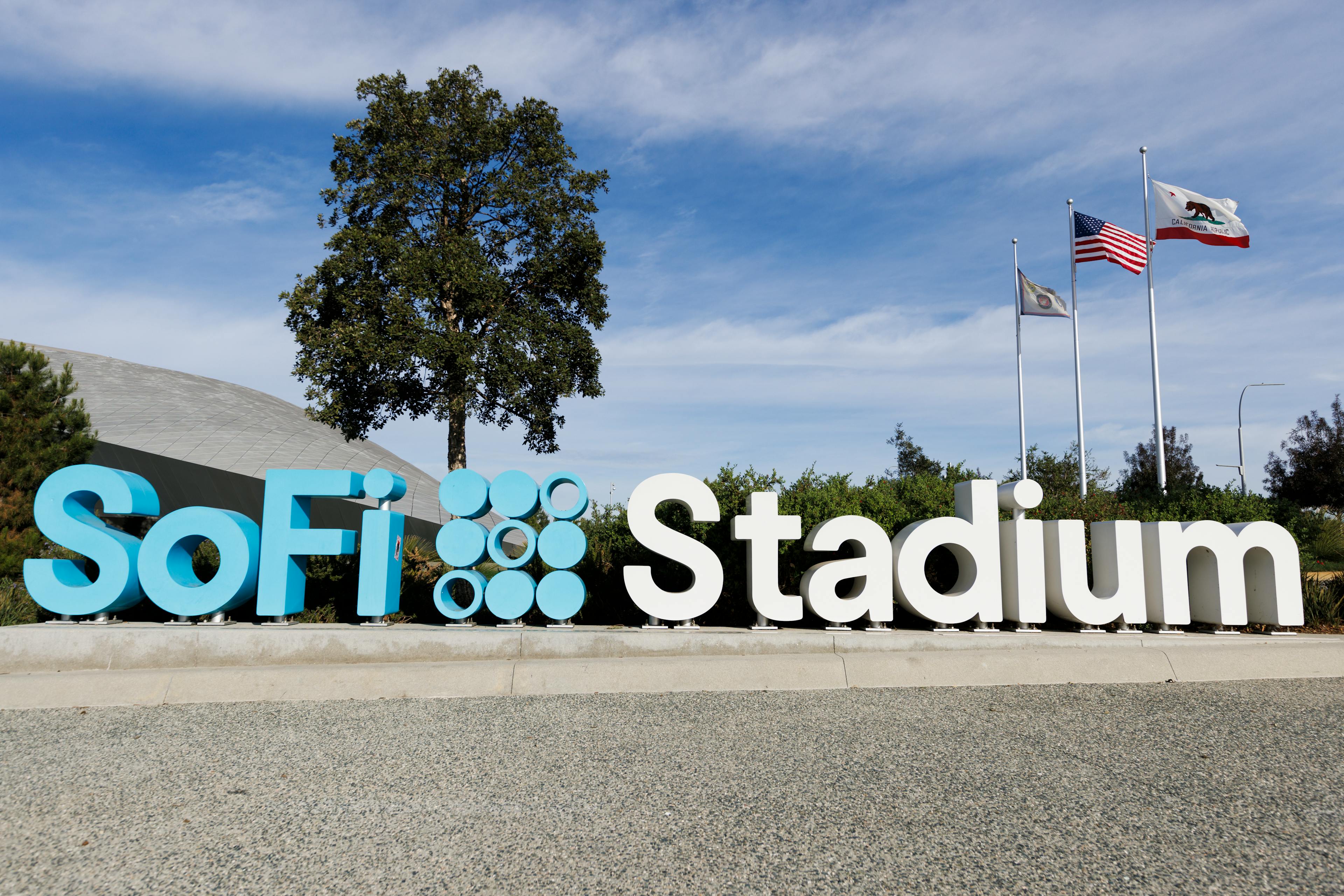Analysts break down what’s driving SoFi’s recent surge
Part of the rally is related to the federal government’s retreat from student lending. But there’s more to it.
SoFi Technologies has been an under-the-radar winner since the market’s tariff-related tumble earlier this year. It’s up roughly 200% from the market’s April 8 low, with the shares hitting an all-time closing high of $29.81 on September 22.
It’s easy to explain some of the upswing. SoFi beat expectations and raised guidance in both its Q1 and Q2 earnings reports.
But rising estimates can’t explain all the price appreciation, as the company’s forward price-to-earnings ratio has risen sharply from under 30x in April to roughly 55x.
Fintech analysts led by Devin Ryan at Citizens JMP Securities laid out their views on the stock’s drivers in a note published Thursday, saying that SoFi’s diversification into crypto and brokerage offerings is positioning the company for a profitable addition to its core consumer lending activities.
They wrote:
“We see more opportunity in Brokerage; the company can add new revenue streams from tokenization and Stablecoins; the Technology business appears to be inflecting positively, and just in recent days the press reported that the White House is weighing options to sell off parts of the federal government’s $1.6T student loan portfolio to the private market.
While details are limited, we interpret this as further signals that the U.S. government is looking to detach further from the student loan market (Big Beautiful Bill provided other provisions), which we believe could reignite momentum as activity accelerates to the private market (both initial loans and refinance opportunities...
On the flipside, given the current valuation, we do think any economic hiccup could weigh on shares in the near term, even though we are confident in SoFi’s ability to navigate an inevitable eventual macro slowdown.”
All that said, Wall Street is far from wildly bullish on the stock. The average price target from analysts tracked by FactSet is just $22, implying a 20% drop from current levels.
